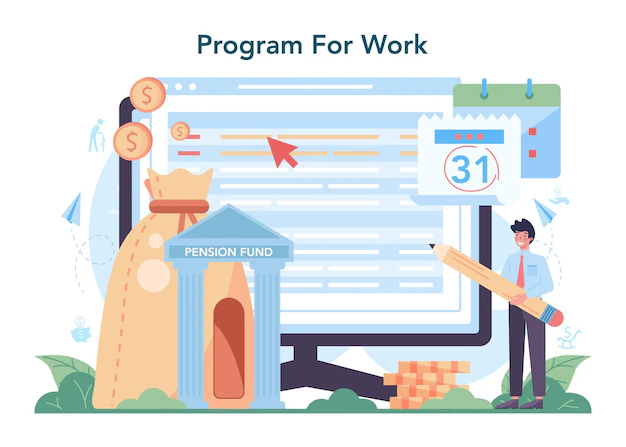Designing the 8 Best Compensation Scheme: A Blueprint for Employee Success

Page Contents
Well-crafted Compensation Scheme
In today’s dynamic and competitive business landscape, attracting and retaining top talent is essential for organizational success. One of the critical factors that contribute to employee satisfaction and loyalty is a well-crafted compensation scheme. This article delves into the key components of the best compensation scheme for employees, exploring how organizations can design a comprehensive plan that not only meets the financial needs of employees but also aligns with their professional growth and overall well-being.

Recognize employees who contribute significantly to the company’s profitability or introduce innovative ideas.

Designing the 8 Best Compensation Scheme: A Blueprint for Employee Success
- Competitive Base Salaries:
The foundation of any effective compensation scheme is a competitive base salary. This should reflect industry standards, the employee’s skills, experience, and the cost of living in their location. A fair and competitive base salary serves as a financial anchor, providing employees with a sense of security and stability.
- Performance-Based Incentives:
Linking compensation to performance is a powerful motivator. Performance-based incentives, such as bonuses or profit-sharing, recognize and reward employees for their contributions to the organization’s success. This approach not only boosts morale but also creates a culture of excellence and accountability.
- Comprehensive Benefits Package:
A comprehensive benefits package goes beyond salary and incentives. It includes health insurance, retirement plans, paid time off, and other perks. Offering a robust benefits package demonstrates an organization’s commitment to the well-being of its employees, enhancing their overall job satisfaction and work-life balance.
- Professional Development Opportunities:
Investing in employees’ professional development is a win-win strategy. Providing opportunities for training, skill development, and career advancement not only enhances employee performance but also contributes to their long-term career satisfaction. Tuition reimbursement, mentorship programs, and workshops are examples of how organizations can support continuous learning.
- Flexible Work Arrangements:
In today’s evolving work landscape, flexibility is highly valued by employees. Offering flexible work arrangements, such as remote work options or flexible hours, allows employees to achieve a better work-life balance, increasing job satisfaction and productivity.
- Recognition and Appreciation Programs:
Acknowledging employees’ efforts through recognition and appreciation programs is a crucial aspect of a well-rounded compensation scheme. This can include employee of the month awards, public recognition, or even a simple thank-you note. Feeling appreciated enhances job satisfaction and fosters a positive workplace culture.
- Transparent Communication:
Transparency in communication about the compensation structure is vital. Employees should have a clear understanding of how their compensation is determined, including the criteria for bonuses, promotions, and salary adjustments. Open communication builds trust and reinforces the sense of fairness within the organization.
- Employee Stock Ownership Plans (ESOPs):
For companies looking to align the interests of employees with the long-term success of the organization, Employee Stock Ownership Plans (ESOPs) can be a powerful tool. This gives employees a stake in the company, fostering a sense of ownership and commitment.
Conclusion
Designing the best compensation scheme is a multifaceted endeavor that requires a strategic approach to meet the diverse needs of employees. By combining competitive base salaries, performance-based incentives, comprehensive benefits, professional development opportunities, flexible work arrangements, recognition programs, transparent communication, and innovative strategies like ESOPs, organizations can create a compensation package that not only attracts top talent but also retains and motivates employees for long-term success. Ultimately, a thoughtful compensation scheme not only enhances the financial well-being of employees but also contributes to a positive and thriving workplace culture.







